It is not easy to summarize the importance of the VW Beetle in Brazil, my home country. The car helped us to become a motorized nation, with the Beetle we learned not only how to drive, but also how to fix it, how to take care of it, and, naturally, to love it with all our hearts.
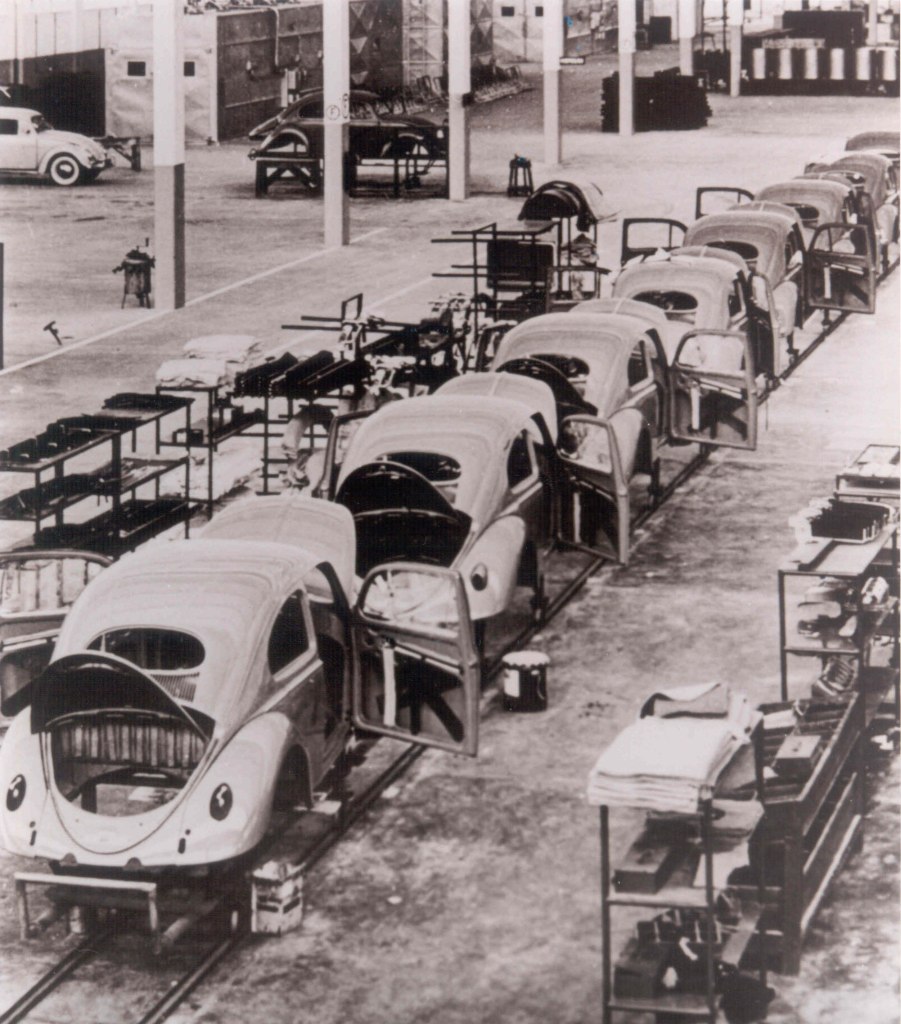
The very first Brazilian Beetle left the assembly line on January 03, 1959. The car still had 46% of its parts imported from Germany but soon it would become 100℅ domestic. The Beetle’s off-road capabilities came in handy in a country where paved roads were a luxury. It was affordable, reliable, and easy to fix. No wonder we loved it so much.
My dad is an unconditional fan of the car and he owned more than a dozen throughout his life. For him, the little “Bug” was a daily driver, a race car, and now it became a hobby.
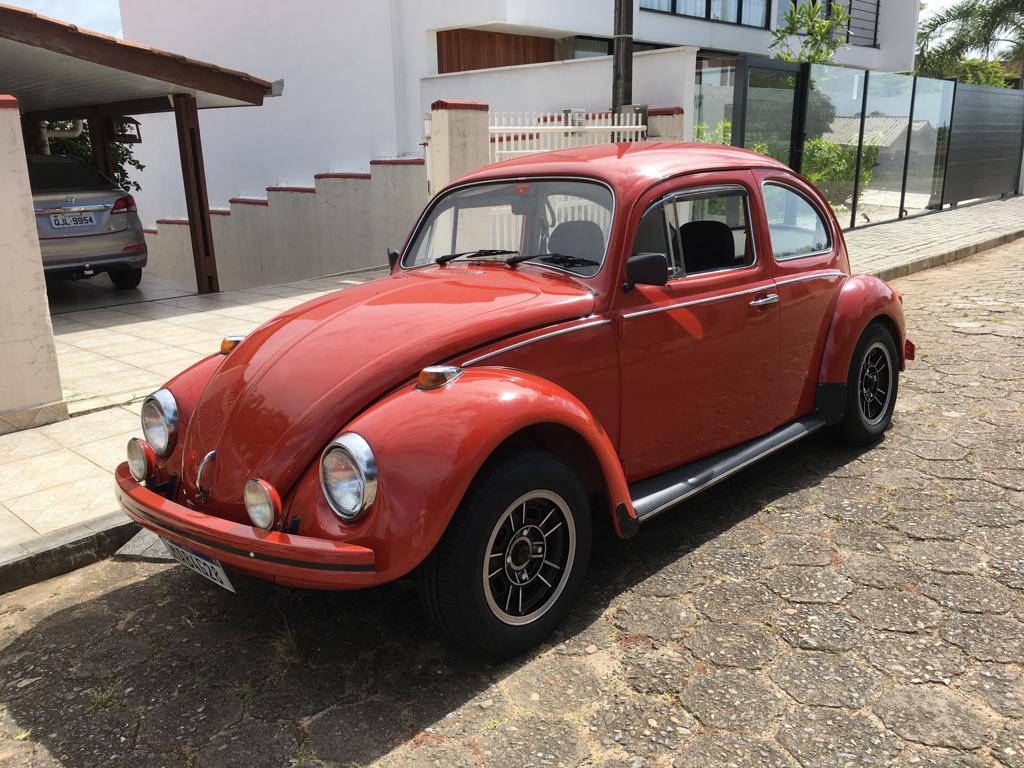
After his retirement a few years ago, he started buying and restoring old VW Beetles. Dad owns a small collection of 4 cars and recently he sent me some pictures of his red 1978 model which is, by far, the best one of the bunch.
He bought this Beetle from a used car dealer, in a neighboring town from where he lives. Dad is indulging himself with a hobby that is intended for people with deep pockets, but he is not a rich guy by any stretch of the imagination, he is doing this on a tight budget. Even though the car was in good condition and the asking price was fair, dad spent a couple of weeks negotiating the price until he brought it down to a number he was happy to pay. We were surprised that nobody else bought this Beetle before since it was sitting in the dealer for a few months. I guess it was meant to be.

This car is not 100% original, at some point in its life, the previous owner slightly modified it to look like a 1993/1996 model. The bumpers painted in the same color as the car, the fog lights, the bigger rear fenders, and tail lights, and the steering wheel we see here don’t belong to a 1978 Beetle. Dad is not worried about it now, since the car looks pretty cool this way.

The Beetle has no rust issues and was never involved in an accident.

The original 1300cc engine was completely rebuilt, and so were the transmission, brakes, suspension, and steering box. Mechanically speaking, no stone was left unturned.

Internally the car only received a new headliner since everything else was in good condition. The FM radio is not original but is period correct.
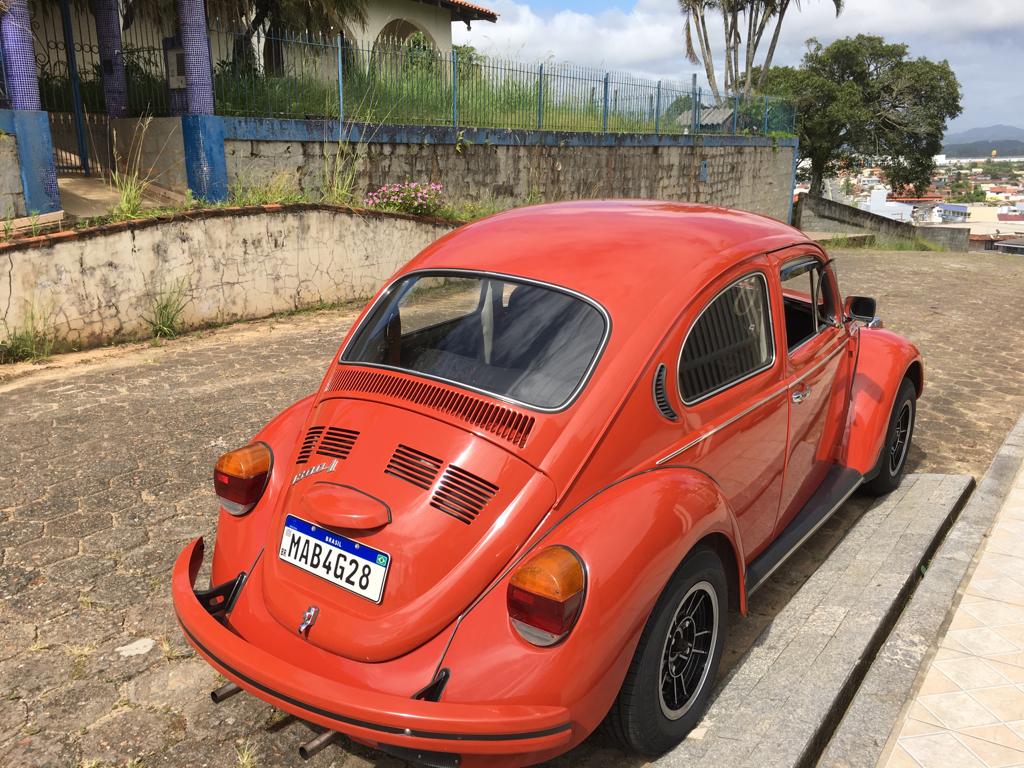
The 14 inches alloy rims came from another Beetle he owns, wrapped with a fresh set of Kumho 185/70 R14.
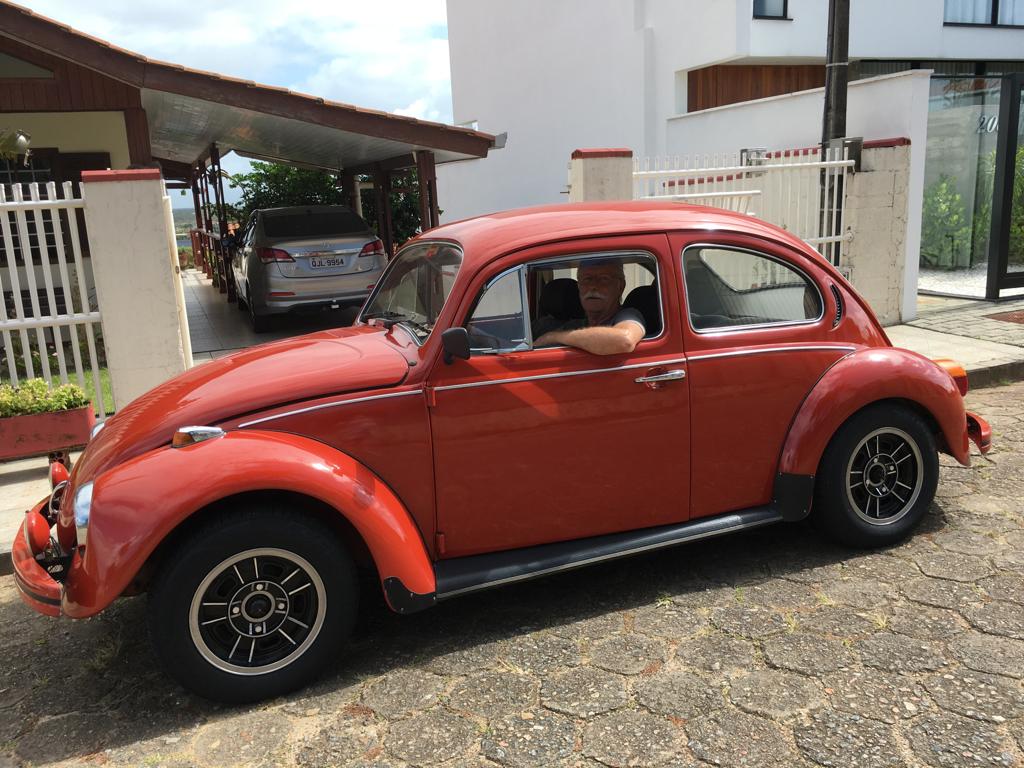
Dad does most of the job himself, and sometimes I am worried about him, he is 73 years old and he shouldn’t be removing and installing engines and transmissions alone. But I am also very happy because he is doing what he loves. His 78 Beetle looks great and drives like new, he couldn’t be more proud of it.
Good job, Pa!
To close this post, there are some interesting facts about the Brazilian Beetle I would like to share.
* In 1965 the German VW revised the majority of the Beetle’s body stampings, which allowed for significantly larger windows. The Brazilian VW never wanted to spend money on new tooling and our Beetle remained with small windows throughout its life.
* Fafa de Belem was a Brazilian singer, very popular in the late 70s and early 80s. She was well known not only for her voice but also for her large breasts. In 1980 VW released a redesigned Beetle, with more protuberant rear fenders, and bigger, rounded tail lights. It didn’t take long for some joker to call the new model “Fafa”. The nickname stuck and even after all those years it is still widely used.
* The VW Beetle was produced in Brazil from 1959 to 1986. In 1993 the government and the automakers signed an agreement to build spartan vehicles, with lower taxes and incentives, allowing the lower middle-class buyers to have access to a brand new car. President Itamar Franco suggested the Beetle should be brought back into production and VW took it seriously. The company reactivated the assembly line in the same year, 1993, and built the car until 1996. During this period, 46000 Beetles were produced and they are commonly known as “Itamar Beetle”.
* In Brazil, we call it “Fusca”. In 1983 the Brazilian VW finally adopted it as the official name of the car.
– You can help this blog to grow by visiting my “Buy Me a Coffee” page. Your support is very much appreciated. –
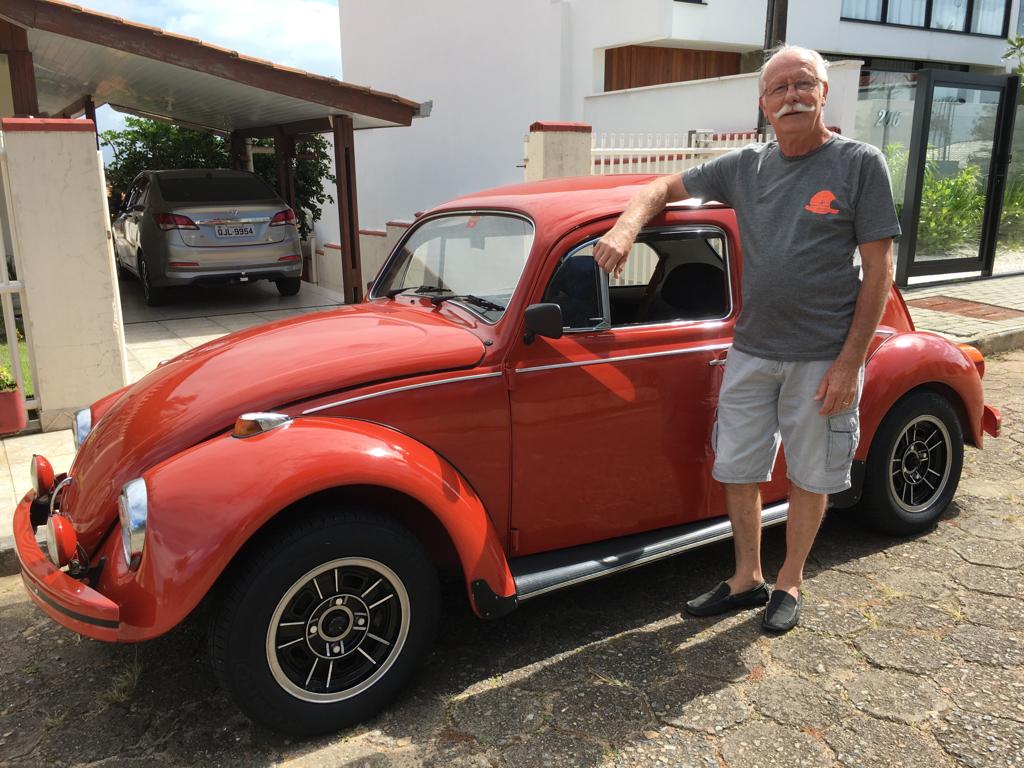
Beautiful text! So proud of you, bro! Love you.
LikeLiked by 1 person
Hey Brother, I am so happy you like it. I love you very much and I miss you.
LikeLike
Nice post!
LikeLiked by 1 person
Thank you for stopping by, Isa. I am glad you enjoyed the post.
LikeLike
The Beetle was truly a milestone car all around the world, and obviously more so in Brazil.
LikeLiked by 1 person
That is true. The “problem” now is the Fusca became collectible and the prices are skyrocketing.
LikeLiked by 1 person
Such a beautiful Beetle. Congratulations!!!!
LikeLike
That car is cool. I’ve never seen one with body-coloured (painted) bumpers before. I’ve seen them without bumpers (not a good idea) but this really cleans up the look, and the lack of chrome makes the Beetle look almost modern!
It’s great to read positive articles about cars, how they helped to modernize and motorize a nation, providing mobility to millions. How the VW became 100% domestically built, making it significant to the Brazilian economy.
Lately, all I read about is the ‘war on cars’ and how cars are destroying our cities, roads taking up space that should be parkland (although I don’t know how people expect to receive goods and services without these roads). It made me smile to read about cars’ positive influence, both for a nation, and for your pops.
LikeLiked by 1 person
Cars have been my family’s lifeblood for 3 generations. We have a few mechanics, one painter, one upholstery tech, a used car salesperson, and a parts guy (myself). Although the interest of the new generation of the family has shifted to other fields, cars still play an important role in our lives, even for those who are now retired. About the Beetle, yes, the car was really that important to us and just like my dad, we just want to keep them around. I am very happy you enjoyed the article.
LikeLiked by 1 person